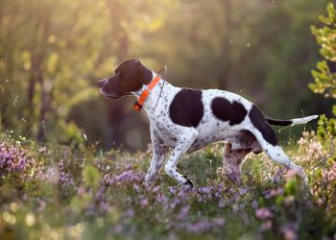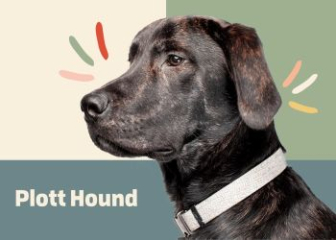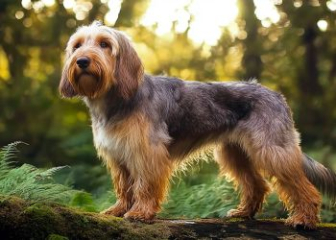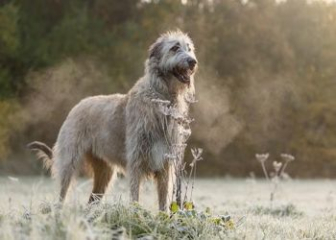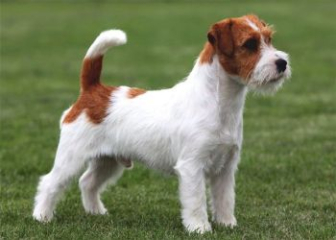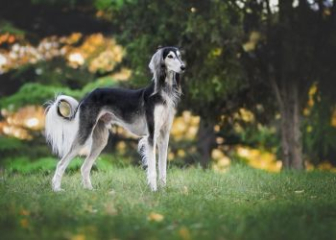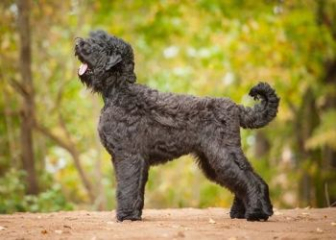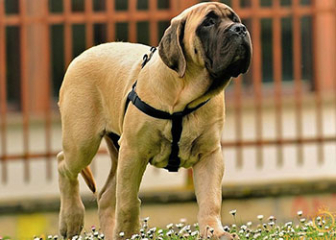Pug Dog – The Funny, Friendly, and Adorable Wrinkled-Face Breed
Blog | by
The Pug, also known as the wrinkled-face dog or funny-faced dog, is an ancient breed from China. With its friendly and humorous personality, it has become a beloved pet worldwide.
The Pug is an adorable companion dog with a distinctive appearance, featuring a wrinkled face, large round protruding eyes, short legs, and a wobbly gait. Its funny expressions make it a favorite among many families.
In today’s article, let’s explore in detail everything about the Pug dog, including its origin, appearance, personality, and how to properly take care of this lovable dog breed.
The Origin of the Pug
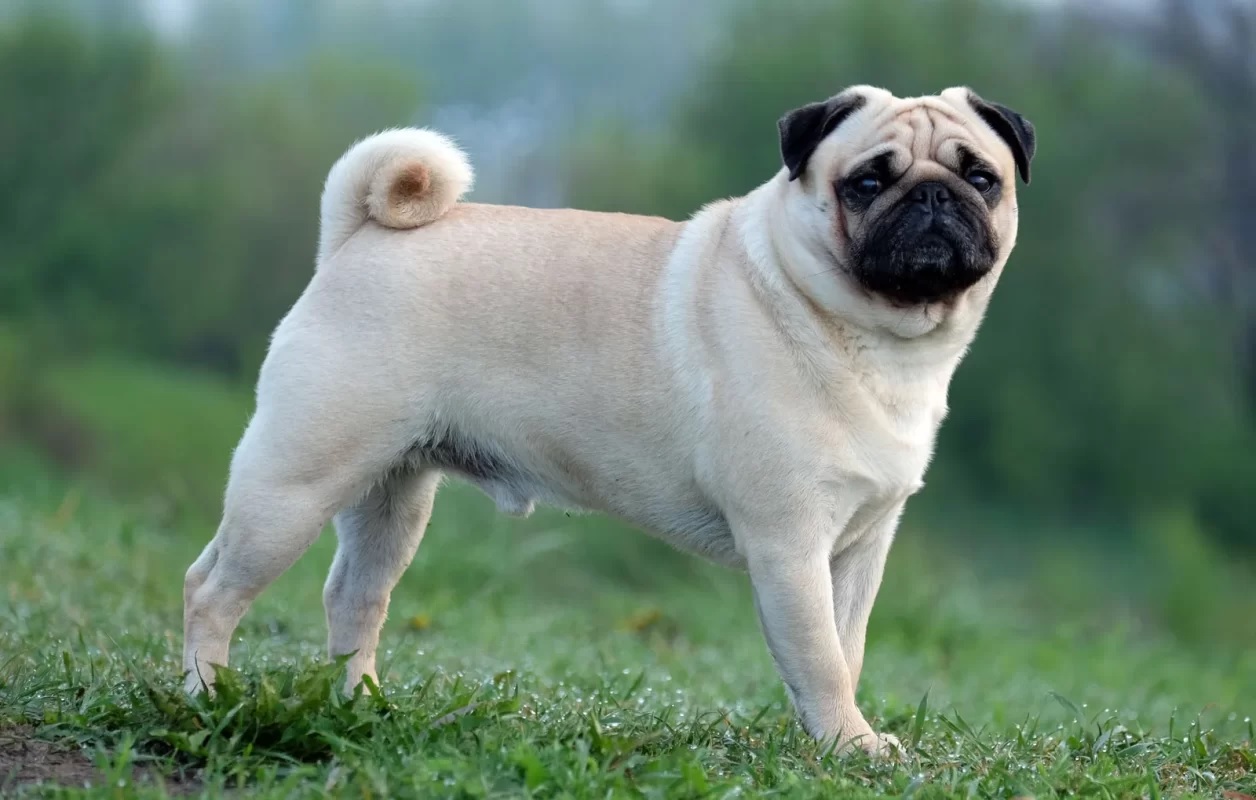
The Wrinkled-Face Pug Originated from China
The Pug, affectionately known as the "wrinkled-face dog," is an ancient breed from China that dates back to the Han Dynasty (206 BC – 220 AD). These dogs were kept in imperial palaces and were considered symbols of nobility.
In the 16th century, Dutch traders who visited China brought Pugs back to Europe, where they became known as "Mopshond."
By the 18th and 19th centuries, Pugs were widely bred across England, France, Spain, and Italy, quickly becoming one of the most popular companion dogs due to their adorable appearance.
In 1885, the American Kennel Club (AKC) officially recognized the Pug breed. Over time, the Pug has gained global popularity and has even appeared in movies and advertisements.
Other Names for the Pug:
- Chinese Pug
- Dutch Bulldog
- Dutch Mastiff
- Mini Mastiff
- Mops
- Carlin
Physical Characteristics of the Pug
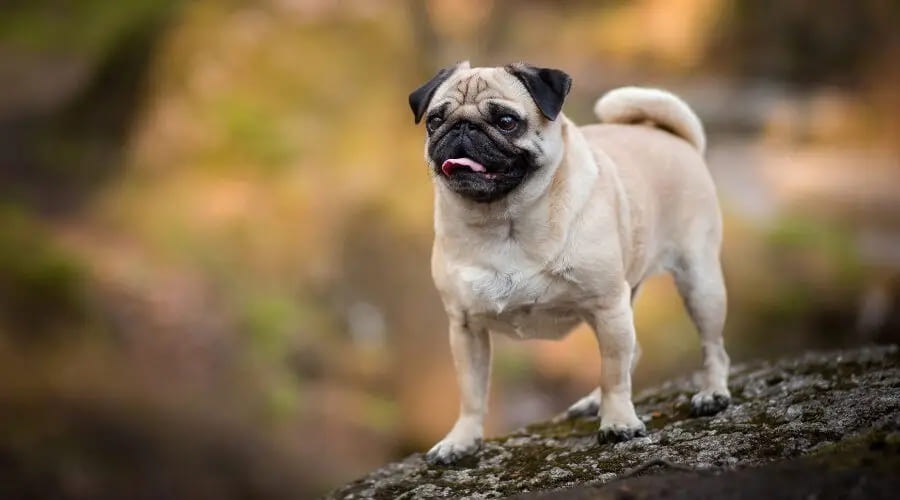
Pugs Have Wrinkled Faces, Short Legs, and Large, Round Eyes
Pugs always attract attention with their unique appearance—a wrinkled face, a compact body, and big, round, bulging eyes. Let’s take a closer look at their characteristics below.
- Height: 25 - 35 cm
- Weight: 6 - 10 kg
- Lifespan: 12 - 15 years
- Face: Round, wrinkled, and saggy
- Nose: Short and slightly upturned
- Eyes: Bulging, large, round, usually dark brown or black
- Ears: Small, soft, and folded downward
- Body: Short back, round torso, and short legs
- Coat: Short, smooth, and comes in fawn or black; sheds frequently
- Tail: Short and tightly curled in multiple loops over the back
- Gait: Wobbly and slightly clumsy, yet surprisingly quick
Personality of the Pug
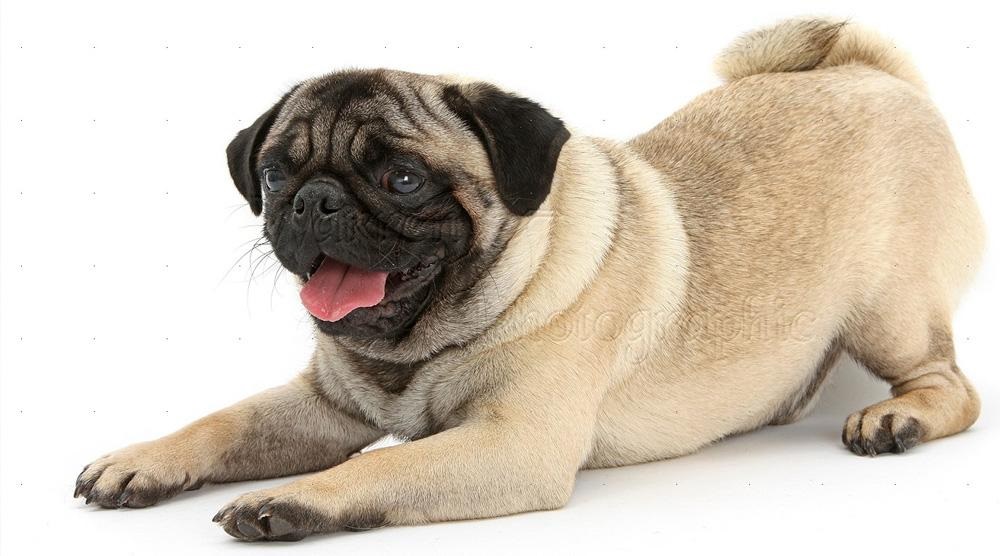
Wrinkly-Faced Pugs Are Extremely Friendly
Pugs are loved not only for their adorable appearance but also for their friendly and playful nature. They make perfect companion pets for families. Let's explore some of their standout personality traits below!
Friendly and Affectionate
Pugs are extremely friendly and affectionate. They love being close to their owners, enjoy cuddles, and thrive on social interaction—especially with children. Because of their deep attachment, they can feel sad if left alone for long periods.
Funny and Playful
With their wrinkled faces, Pugs naturally look comical. But beyond their appearance, they also have quirky expressions and silly antics—such as waddling when they walk, tilting their heads curiously, or doing goofy tricks to entertain people.
Loyal and Clingy
If you're looking for a loyal, people-loving dog, a Pug is the perfect choice. They love following their owners around and will happily sit beside you for hours without getting bored.
Gentle and Quiet
Pugs are known for their gentle temperament. They rarely show aggression and tend to bark less than other breeds. However, this also means they aren't the best guard dogs if you're looking for home protection.
A Bit Stubborn
While Pugs are intelligent, they can also be stubborn at times. They might ignore commands—especially if they don’t see a tasty reward. Because of this, training a Pug requires patience and consistency.
Food-Loving but Lazy
Pugs love to eat and will happily devour anything their owner gives them. However, they also prefer lounging around rather than exercising, making them prone to obesity.
Do You Know How to Take Care of a Pug Properly?
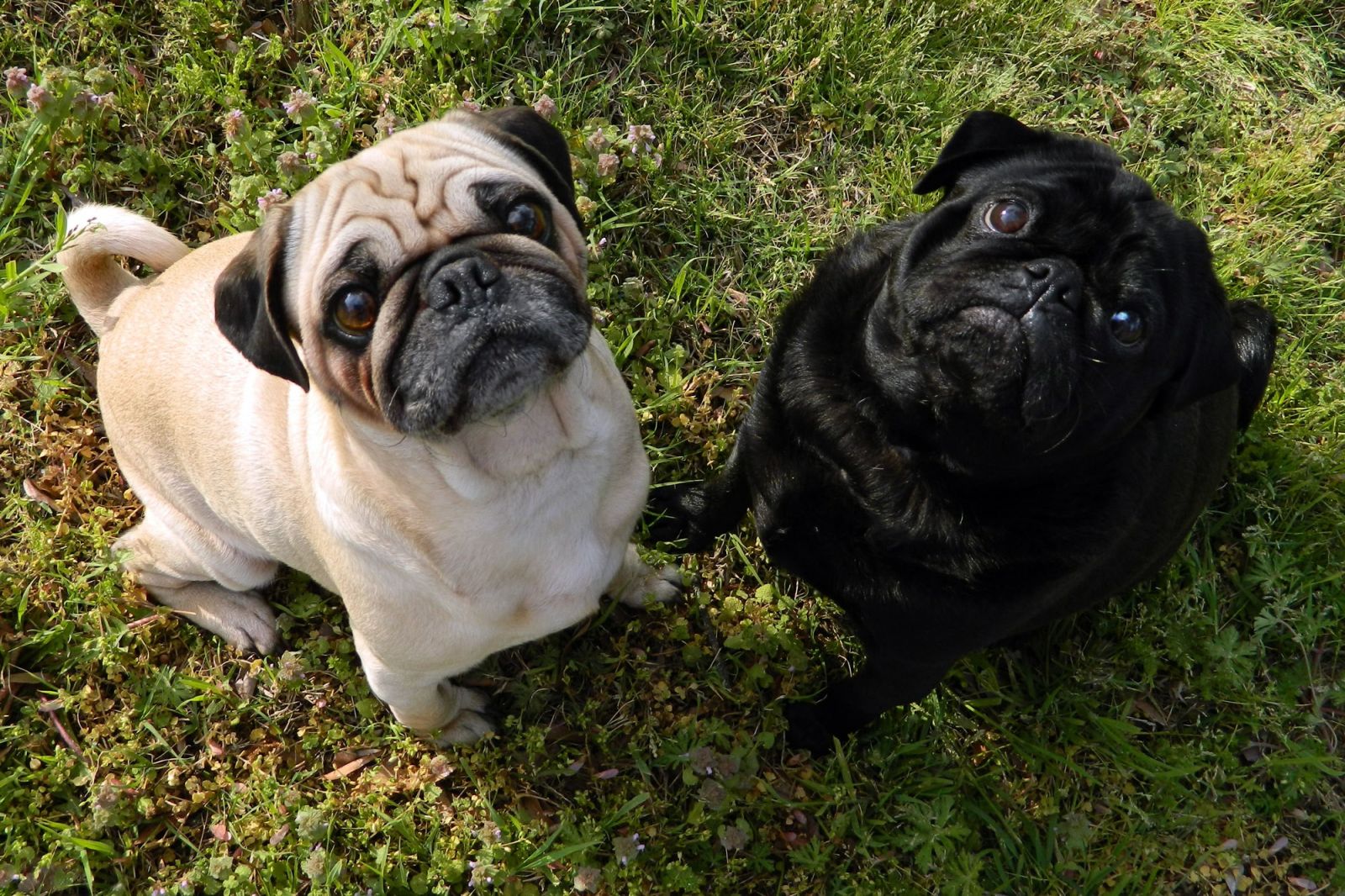
Pugs Need a Healthy Diet to Avoid Obesity
Pugs are relatively easy to care for and don’t require overly complicated maintenance. However, to ensure their optimal growth and well-being, here are some important things to keep in mind.
Diet Plan for Pugs
To maintain a healthy body and prevent common health issues like obesity, it’s crucial to provide Pugs with a balanced diet. Below is a recommended feeding chart:
| Nutrient Group | Recommended Portion | Suggested Foods | Role |
|---|---|---|---|
| Protein | 50% of the diet | Lean meats (beef, chicken, pork, fish, organ meats) | Provides energy |
| Fiber | 20% of the diet | Vegetables & fruits (carrots, squash, leafy greens, apples, etc.) | Aids digestion |
| Carbohydrates | 20-30% | Sweet potatoes, brown rice, oats, bread | Quick energy source |
| Fats | 10% | Fish oil, Omega-3 | Supports coat health, provides energy |
If you don’t have time to prepare fresh meals, you can also feed your Pug high-quality dry dog food formulated for their dietary needs.
Feeding Guidelines by Age
- Under 3 months: 4 meals/day; soft foods like porridge or mashed food.
- 3-6 months: 3 meals/day; soft, finely chopped food.
- 6 months and older: 2 meals/day; dry kibble and solid food (not too hard).
- Always provide clean drinking water.
Coat Care and Hygiene
Despite having short fur, Pugs shed frequently, so proper grooming and hygiene are essential.
- Brush their coat 3-4 times per week to remove dirt and loose fur.
- Bathe twice a month using pet-friendly shampoo (avoid overbathing to prevent dry skin).
- Dry them completely with a towel and hairdryer after bathing.
- Clean their facial wrinkles regularly with a soft, damp cloth.
- Check ears, brush teeth, and trim nails frequently.
Exercise and Training Plan
Pugs tend to love eating and dislike exercise, so you need to create a structured plan to keep them active and prevent obesity.
- Take them on walks or let them play for at least 30 minutes daily.
- Engage in interactive games like fetch or tug-of-war to encourage movement.
- Train them with basic commands such as “sit,” “come,” and “shake hands” to improve discipline and obedience.
Vaccination, Deworming, and Health Checkups
Due to their unique physical structure, Pugs can be prone to certain health issues. Proper veterinary care is essential:
- Ensure all essential vaccinations (rabies, 5-in-1, 7-in-1, parvo, distemper, kennel cough, etc.).
- Deworm regularly as per your vet’s recommendations.
- Schedule regular health checkups to detect any potential health problems early.
Common Health Issues in Pugs
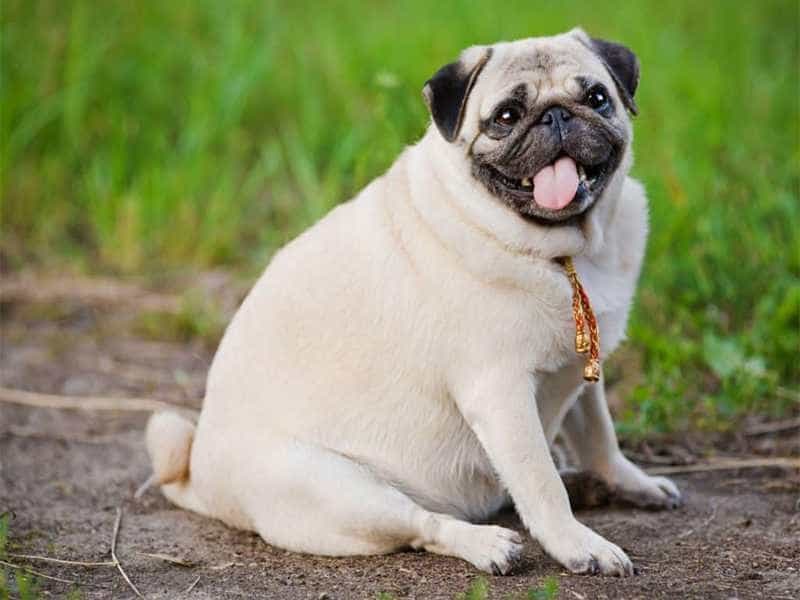
Pugs Are Prone to Obesity
Pugs have a unique body structure with short legs, bulging eyes, and a round physique, making them susceptible to certain health conditions. If you're wondering what common health issues Pugs face, check out the information below.
Respiratory Issues (Brachycephalic Syndrome)
Pugs are highly prone to breathing problems, also known as Brachycephalic Syndrome, due to their short nasal passages.
- Cause: Their short nasal structure restricts airflow, making breathing difficult, especially in hot weather or after intense activity.
- Symptoms: Wheezing, heavy panting, labored breathing, and fatigue after exercise.
- Prevention & Treatment: Avoid excessive exercise in hot weather, keep them in cool, shaded areas, and seek veterinary care immediately if severe breathing difficulties arise.
Obesity & Overweight Issues
Pugs are among the dog breeds most prone to obesity due to their love for food and low activity levels.
- Cause: Overeating and lack of exercise.
- Symptoms: Rapid weight gain, sluggish movement, and difficulty walking.
- Prevention & Treatment: Maintain a balanced diet, encourage daily exercise, limit excessive treats, and engage them in active playtime.
Eye Problems
Due to their prominent, bulging eyes, Pugs are prone to several eye-related conditions, such as:
- Keratitis (Corneal Inflammation): Symptoms include redness, excessive tearing, and frequent blinking.
- Corneal Ulcers: Symptoms include cloudy eyes and difficulty opening the eyes.
- Cataracts: Common in older Pugs, causing white spots in the eyes and reduced vision.
Tip: Regularly clean their eyes with saline solution or clean water and schedule routine vet check-ups for early detection and treatment.
Joint & Bone Problems
Since Pugs have short legs and a compact body, they are at risk for orthopedic issues such as hip dysplasia and arthritis.
- Cause: Their stocky build puts extra pressure on their joints.
- Symptoms: Limping, difficulty moving, reluctance to exercise, and signs of pain when walking.
- Prevention & Treatment:
- Maintain a healthy weight to avoid excess pressure on their joints.
- Engage them in gentle exercise (avoid jumping from high places).
- Supplement with calcium and glucosamine to support joint health.
How Much Does a Pug Cost?
If you're considering buying a Pug, check out the price ranges below to plan your budget accordingly.
| Pug Type & Origin | Estimated Price |
|---|---|
| Vietnamese Purebred Pug (no papers) | 5 - 8 million VND |
| Vietnamese Purebred Pug (with full papers) | 10 - 12 million VND |
| Mixed-Breed Pug (Pug-Chihuahua, Pug-Dachshund, Pug-Pomeranian, etc.) | 1 - 4 million VND |
| Thai Imported Pug (no papers) | 12 - 15 million VND |
| Thai Imported Pug (with full FCI registration) | 20 - 25 million VND |
| European Imported Pug (excluding transport fees) | 40 - 70 million VND |
Beware of Scams: If you see Pugs advertised online for 500K - 1 million VND, these dogs are not purebred. Always buy from reputable breeders with clear documentation to ensure a healthy pup.
Funny & Adorable Pug Photos
Let’s take a look at some cute and hilarious Pug pictures to see why this breed is so loved worldwide!
.jpg)
Black Pug.
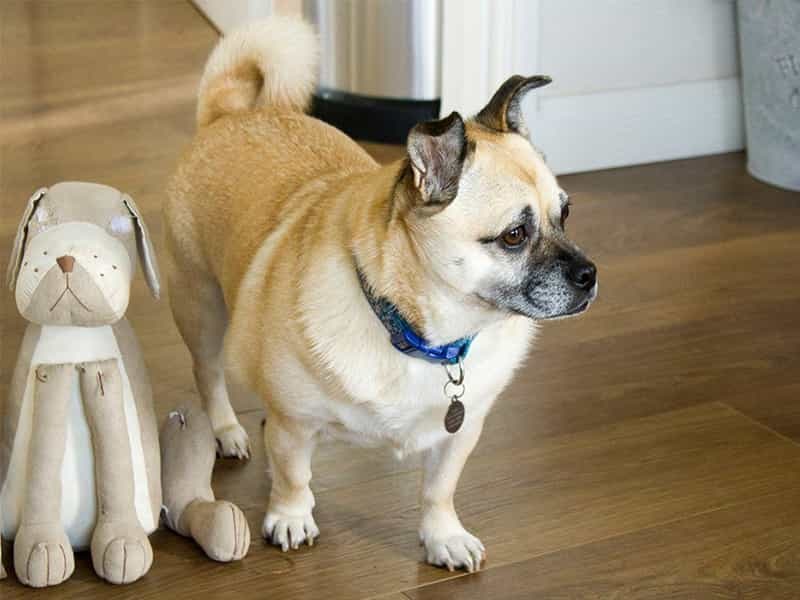
Pug hybrid dog
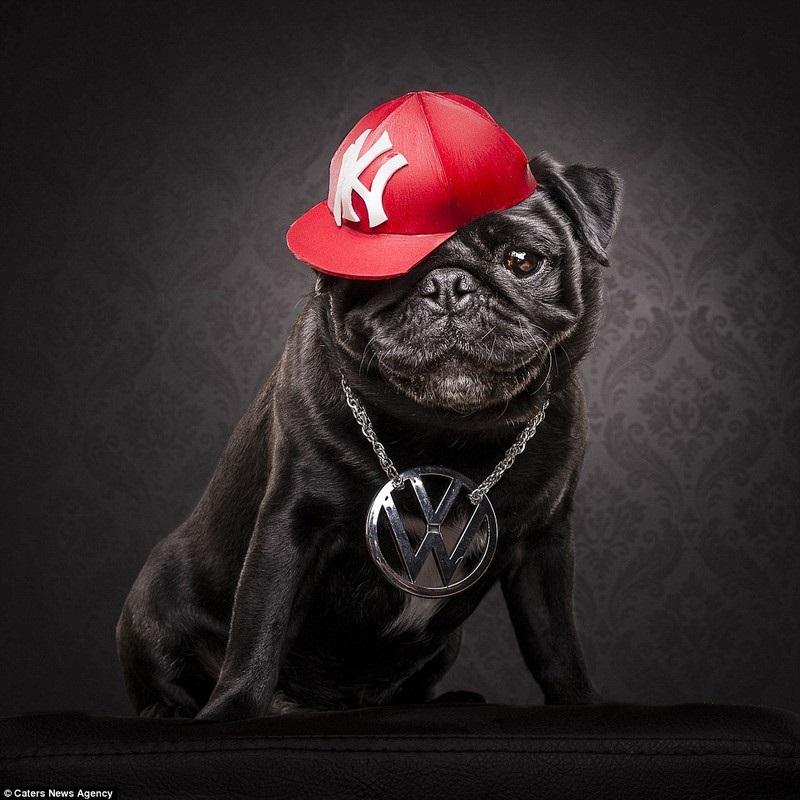
Cool Pug Dog Pictures
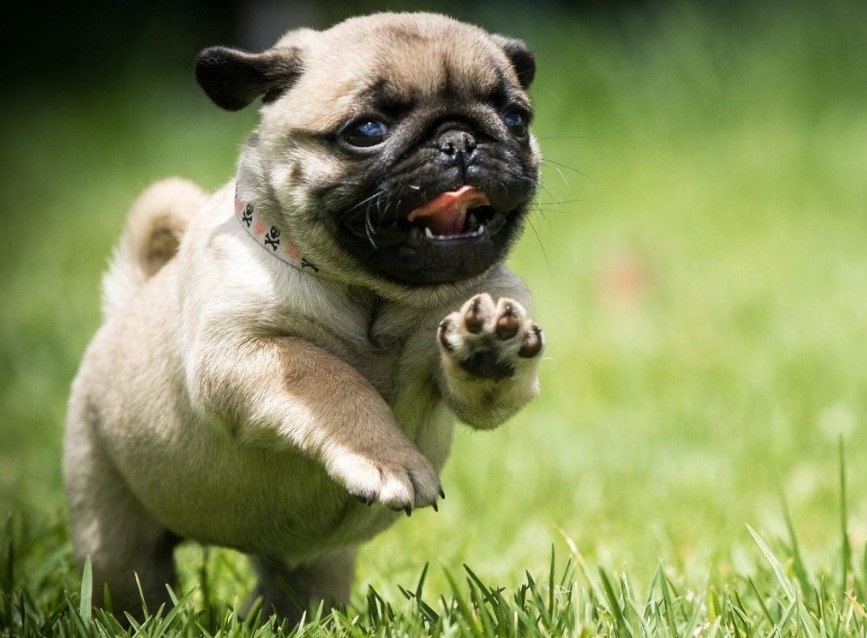
Cute Pug Dog Pictures
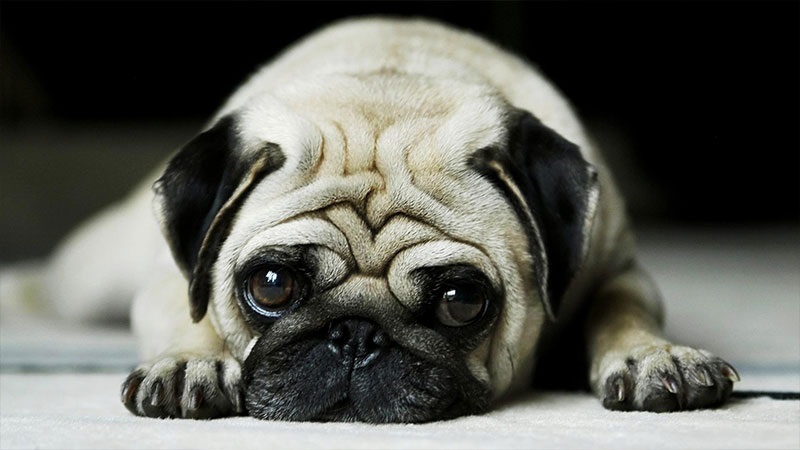
Adorable Pug Pictures
Through this article, dogbreed.wiki has shared a wealth of fascinating information about the adorable wrinkly-faced Pug—covering its origin, personality, appearance, and care tips.
We hope this information helps those considering owning a Pug!
Goodbye and see you in our next Blog posts—don’t miss out on discovering more unique dog breeds!
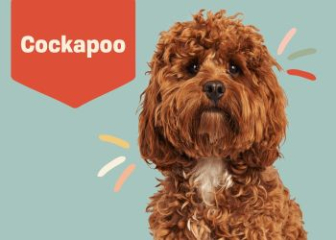
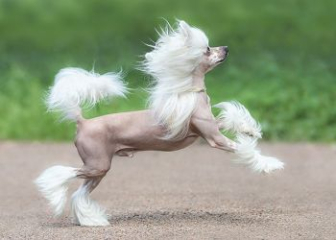
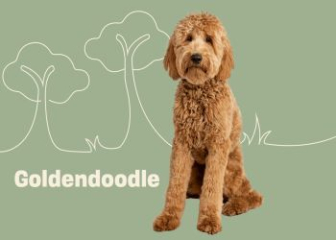
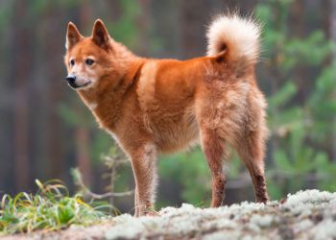

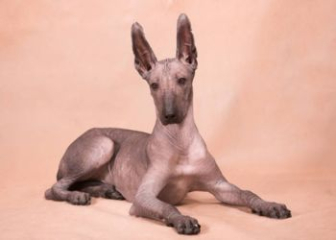
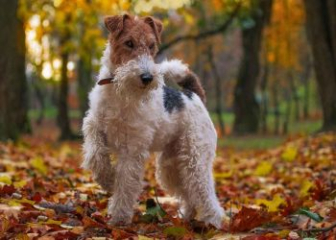

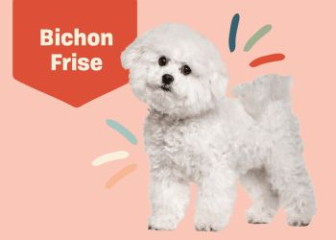
_350x250.jpg)

